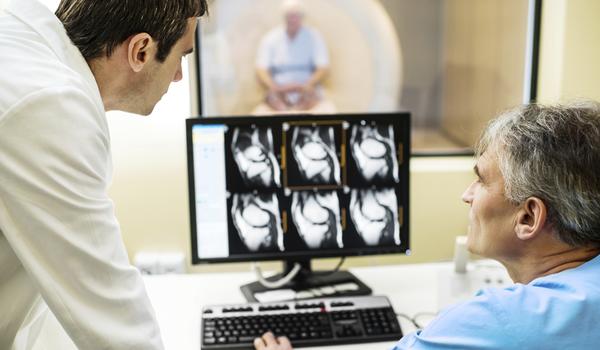How is cancer diagnosed?

If your doctor suspects that you have cancer, based on your symptoms, your medical history, or a physical examination, various tests may be carried out to confirm the diagnosis.1
These may include laboratory tests, imaging procedures, and/or a biopsy.1
Laboratory tests:
- If you have cancer, you may have unusually high or low levels of certain substances in your bodily fluids (e.g. your blood), and these can be measured in the laboratory1
- Your doctor may send you for blood tests; a specially trained member of staff called a phlebotomist, or a doctor or nurse, will take a sample of blood for testing, usually from your arm2
Imaging procedures:1
- Your doctor may want to build up a picture of the inside of your body , to see whether you have a tumour; this is known as an imaging procedure
- These procedures may include: an X-ray, a CT scan, a nuclear scan, an ultrasound scan, and/or an MRI
- You will have to stay very still for most of these tests; some of them (CT scan, nuclear scan, and MRI) may involve have a safe dye or radioactive fluid injected into your body
Biopsy:1
- Your doctor will probably arrange for you to have a biopsy – a procedure in which a small tissue sample is taken and examined under a microscope by a pathologist to see whether any cancer cells are present
- The sample may be taken using a needle or using a lighted or illuminated tube called an endoscope, or during surgery
Whatever test is chosen, your doctor should explain why it is needed, how it will be carried out, and what the results mean. If anything is at all unclear, do ask your doctor or the person carrying out the test to explain what is happening.
Glossary